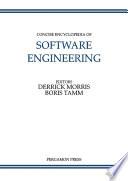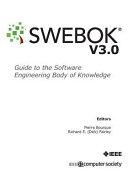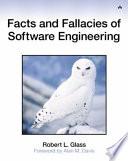
Concise Encyclopedia of Software Engineering
This Concise Encyclopedia of Software Engineering is intended to provide compact coverage of the knowledge relevant to the practicing software engineer. The content has been chosen to provide an introduction to the theory and techniques relevant to the software of a broad class of computer applications. It is supported by examples of particular applications and their enabling technologies. This Encyclopedia will be of value to new practitioners who need a concise overview and established practitioners who need to read about the "penumbra" surrounding their own specialities. It will also be useful to professionals from other disciplines who need to gain some understanding of the various aspects of software engineering which underpin complex information and control systems, and the thinking behind them.
- ISBN 13 : 1483286843
- ISBN 10 : 9781483286846
- Judul : Concise Encyclopedia of Software Engineering
- Pengarang : Derrick Morris,
- Kategori : Computers
- Penerbit : Elsevier
- Bahasa : en
- Tahun : 2013
- Halaman : 415
- Google Book : https://play.google.com/store/books/details?id=qv8gBQAAQBAJ&source=gbs_api
-
Ketersediaan :
This Concise Encyclopedia of Software Engineering is intended to provide compact coverage of the knowledge relevant to the practicing software engineer.









